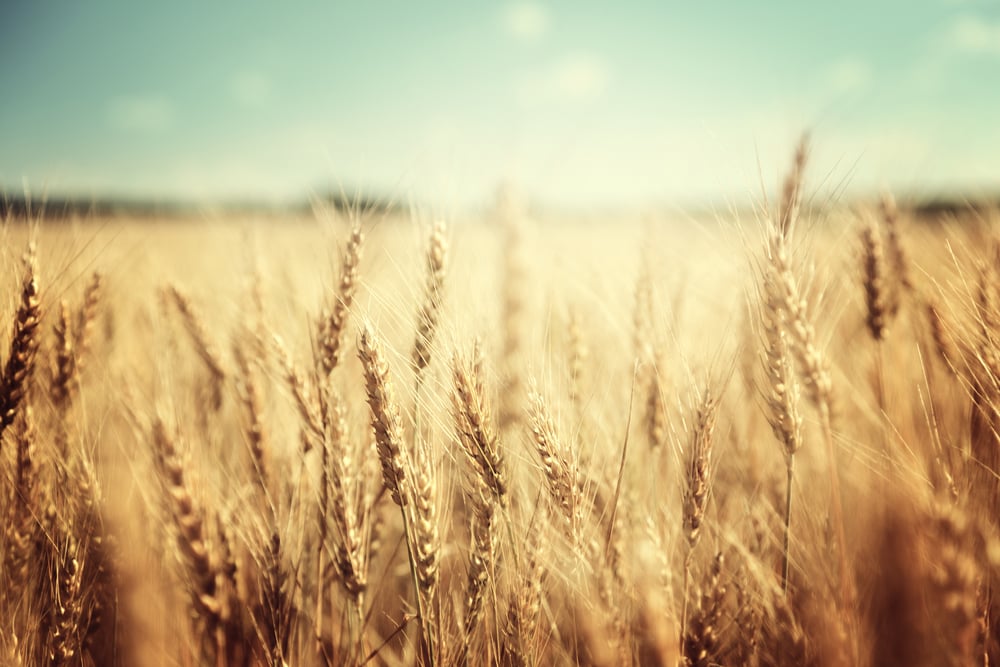On 10th May 2024, Fundecitrus, an association maintained by citrus growers and juice industries in the state of São Paulo, Brazil, released a report for the 2024-2025 orange crop forecast, providing a detailed analysis of expected orange production in the São Paulo and West-Southwest Minas Gerais citrus belt.
The forecast for the season is 232.38 million boxes of 40.8 kg each, representing a 24.36% decrease compared to the previous season’s 307.22 million boxes.
This would make it the second smallest crop since 1988-1989. Regionally, the North, Northwest, Central and South sectors all are expected to have lower orange production for the 2024/25 season according to Fundecitrus, with the Southwest being the only region with increased orange production forecasted. Adverse climatic conditions, including a heatwave in September 2023, led to high water stress on the plants. Subsequent heatwaves exacerbated the situation, causing a high rate of fruit drop and smaller fruit sizes.
Market players have been closely monitoring this update due to high orange juice prices, limited orange juice availability and because Brazil is the largest producer globally, accounting for around 75% of global production. The Mintec Benchmark price for orange juice concentrate FCA Europe from Brazil is $6500/MT after being assessed on the 30th of April 2024, up 120% year-on-year.
There were four blooms for the 2024/2025 season. The first bloom, induced by the rain in May/June 2023, was the most intense, peaking in mid-August. However, it was severely impacted by a heatwave in September, the second bloom, occurring in October was less vigorous and adversely affected by a heatwave. A third bloom was stimulated by November rains but was again hampered by a subsequent heatwave. The delayed fourth bloom peaked between late February and early March 2024, about a month later than usual.
The average early fruit drop rate is projected to be 18.5% in the São Paulo and West-Southwest Minas Gerais citrus belt , with the late Valencia and Valencia Folha Murcha varieties experiencing the highest drop rates. The main reason for the higher drop rates is due to the increased intensity of citrus greening a disease that leads to yellowing of the leaves, misshapen and bitter fruit, and eventual tree death.
Historically, the orange production data reflects a gradual decrease in the 10-year average production, with 50% of orange crops being under 300 million boxes and classified as small crop in the last 10 years. This is due to increasingly challenging climatic conditions. Investments in grove management, irrigation, and disease control have mitigated some of these impacts. The Fundecitrus forecast is subject to updates based on ongoing climatic assessments and early fruit drop surveys. Further Fundecitrus updates are scheduled throughout the crop year.

Source: Fundecitrus

.png?width=145&height=54&name=Mintec_Logo_Small_Use_Mono_RGB%20(2).png)


















